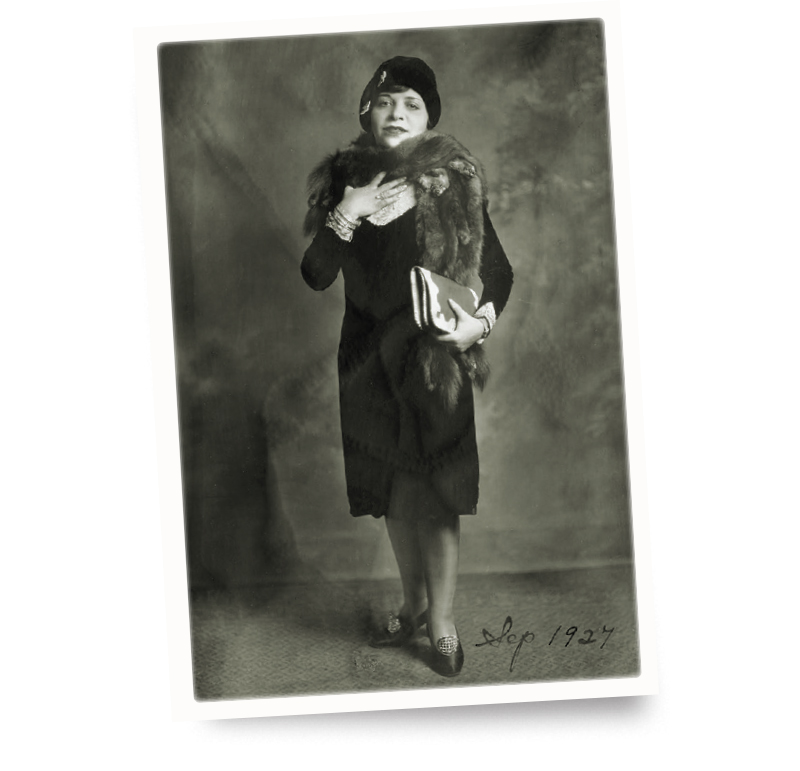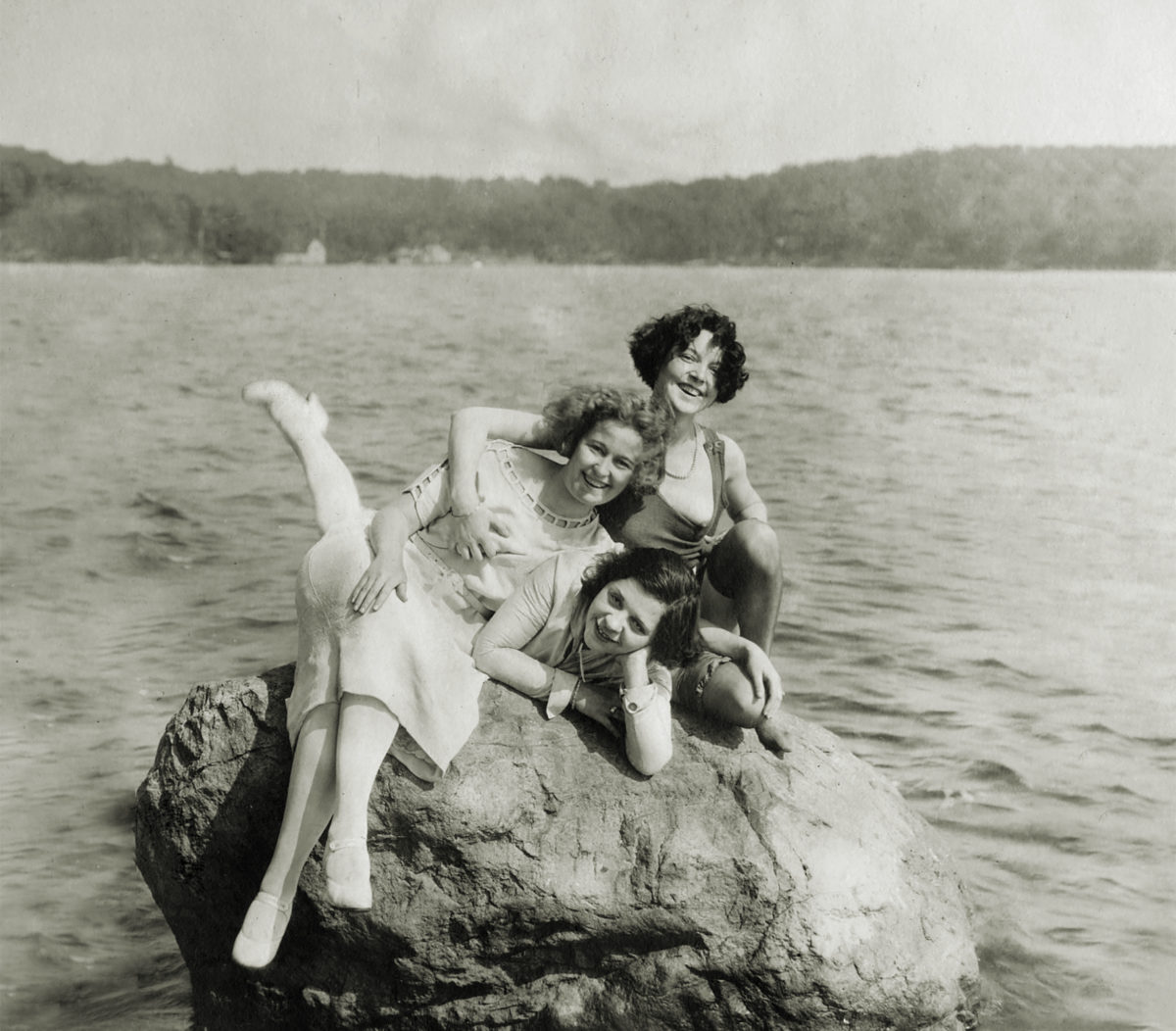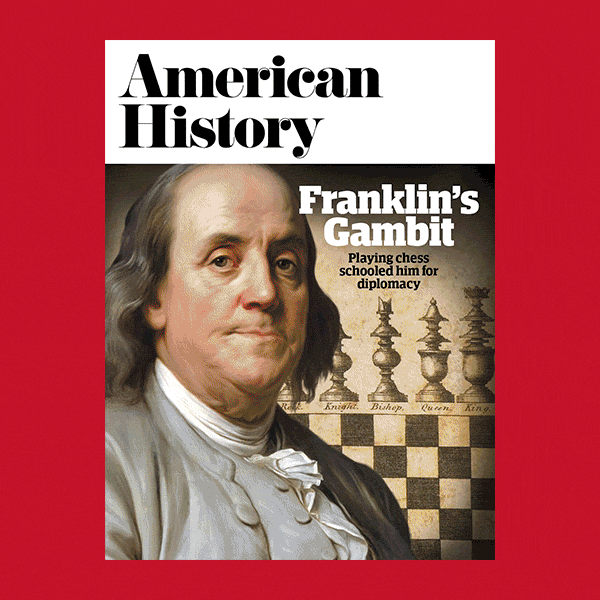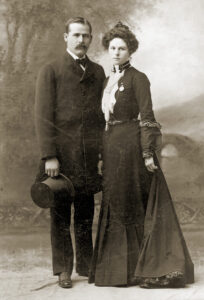“I was determined,” Polly Adler declared, “to be the best goddam madam in all America.” A questionable goal, perhaps, but one that Adler unquestionably attained. From the Roaring Twenties through World War II, the Russian-born entrepreneur ran a series of high-end Manhattan brothels with a charismatic pizzazz that made her a legend and earned her reams of praise from her establishment’s many famous customers.
“She was a petite, gregarious lady with great charm, whom everybody loved,” said bandleader Duke Ellington.
“The world knew Polly as a madam,” said comedian Milton Berle, “but her friends knew her as an intelligent woman, fun to be with, and a good cook.”
Gangster Charles “Lucky” Luciano hailed Adler for helping to preserve traditional, old-fashioned sex. “I didn’t go for any of that leather and whip crap,” Luciano said. “I liked good-looking girls who could screw good and that’s what Polly always sent me.”
Of course, some customers complained. Joe DiMaggio grumbled about Polly’s trademark silk sheets, claiming they were so smooth he couldn’t maintain proper traction while in action.
Running whorehouses is an unsavory profession illegal in most jurisdictions, but Adler rode the red-light path from poverty to Manhattan’s highest social, literary and theatrical worlds.
Adler made the leap from dance hall hostess to madam when a pimp pal said she could use his pad as a setting for a bordello.
“Polly was young, hip and funny,” Pulitzer Prize-winning historian Debby Applegate wrote in Madam, her superb recent biography. “There was prestige in patronizing Polly’s: her sky-high prices and exclusivity were proof that a man had connections and plenty of dough to burn.”
Russian Immigrant
She was born in Yanow, Russia, in 1900, eldest child of a Jewish tailor, and grew up amid brutal anti-Semitic pogroms. In 1913, her father sent her to accompany a cousin with a ticket to America. But the cousin got scared and refused to board the ship, so Polly sailed alone, arriving with only the clothes she’d stuffed into a potato sack.
Heading to Springfield, Massachusetts, Adler roomed with a family friend who’d agreed to care for her. She excelled in school, but her guardian demanded she pay her way, so she dropped out and went to work making envelopes. She hated the job and fled to a relative’s home in Brooklyn, laboring in a corset factory for $5 a week. The foreman invited her on a date, then raped her. She got pregnant and spent her life savings on an abortion. “I had lost my virginity, my reputation and my job,” she wrote.

She was 18 when she moved to Manhattan in 1919 to spend her nights in Broadway dance halls catering to men willing to spend money on dancing girls. For the rest of her life, she was coy about turning tricks, self-deprecatingly dismissing the subject.
“I had to be a madam,” she’d say. “I was never pretty enough to be a hustler.”
female entrepreneur
She became a madam in 1920, as Prohibition was kicking off a decade-long national bacchanal. A pimp offered her an arrangement involving an apartment near Columbia University where he entertained his mistress.
When he wasn’t using the place, he said, Adler could run it as a whorehouse.
“I jumped at his offer,” she recalled.
To staff the joint, she recruited Broadway girlfriends and then trolled dance halls and speakeasies looking for men looking for a good time.
“It wasn’t long before three girls were coming in several nights a week to entertain acquaintances I had made along the Great White Way.”
Success on the great white way (Kinda)
Success kept her moving her operation to larger, fancier apartments. She hired beautiful women, including Ziegfeld Follies showgirls eager to earn extra dough. Her big break came in 1923, when gangster “Smiling George” McManus—proprietor of Manhattan’s famous high-stakes floating crap game—began bringing winners to Polly’s to celebrate. “Whoever won the crap game paid the bill,” she wrote. Soon her pad, with its bar and bedrooms, had become a hangout for mobsters—“a sort of combination club and speakeasy,” she joked, “with a harem conveniently handy.”
Gangsters ran showbiz during Prohibition, enlivening their speakeasies by hiring jazz bands and comedians, and those entertainers began falling by Polly’s place. So did writers—playwright George S. Kaufman, humorist Robert Benchley, and Benchley’s friend Dorothy Parker, who played backgammon with Polly while her male colleagues cavorted with Adler’s employees. Polly became so famous that columnist Walter Winchell quoted the line she uttered in her Russian accent whenever a customer paid his bill: “It’s all-vays a business doing pleasure mit you.”
Adler enjoyed the notoriety; it was good for business. “I wanted my name to be a byword and the expression ‘going to Polly’s’ a euphemism for the world’s most popular indoor sport,” she said. Promoting an illegal service is tricky but Adler found a way. She’d ostentatiously parade her hottest girls into championship boxing matches and trendy speakeasies, then discreetly hand around business cards showing only a picture of a parrot and a phone number.
GET HISTORY’S GREATEST TALES—RIGHT IN YOUR INBOX
Subscribe to our HistoryNet Now! newsletter for the best of the past, delivered every Monday and Thursday.
Highest Circles
In August 1924, seeking to attract old Manhattan money, Polly brought a bevy of beauties upstate to Saratoga Springs, where patricians gathered for the thoroughbred racing season. The angle worked. “At last I’d made contact with the clientele I’d been looking for,” Adler recalled.
Years later, one of her blueblood customers, John Hay “Jock” Whitney—heir to one of America’s largest fortunes and a future ambassador to England—urged Polly to upgrade her operation from its latest location on seedy West 54th Street to the opulent East Side. Whitney even helped her find an elegant 12-room set of digs on Madison Avenue. The apartment featured a dining room seating 50 and a wood-paneled library that Dorothy Parker stocked with good books, many written by customers.
Quiet retirement
Polly prospered for another decade, investing her profits in stocks. But she wearied of the grind. Working long days and longer nights for 25 years, she’d been robbed, slugged by drunks, arrested a dozen times, and denounced in headlines as “New York’s Vice Queen.” In 1945, she decided it was time to retire.
She moved to Los Angeles, bought a two-bedroom bungalow, adopted poodles, and cultivated roses. She earned a high school diploma then enrolled in Los Angeles City College, eventually earning a degree in English and on the way writing an autobiography. A House is Not a Home, published in 1953, reached #2 on The New York Times bestseller list, just below Norman Vincent Peale’s The Power of Positive Thinking. The paperback edition sold two million copies; Shelley Winters starred in a tepid movie version. In 1955—seven years before her death—Adler traveled to Europe and Israel to promote French and Hebrew editions of House. Interviewed in Paris, she proved she still had a genius for salesmanship. Whenever cops raided whorehouses in California, she bragged, they found her memoir on many a hooker’s nightstand: “It’s kind of like a Gideon Bible to many of the girls.”
This article appeared in the Autumn 2022 issue of American History magazine.






